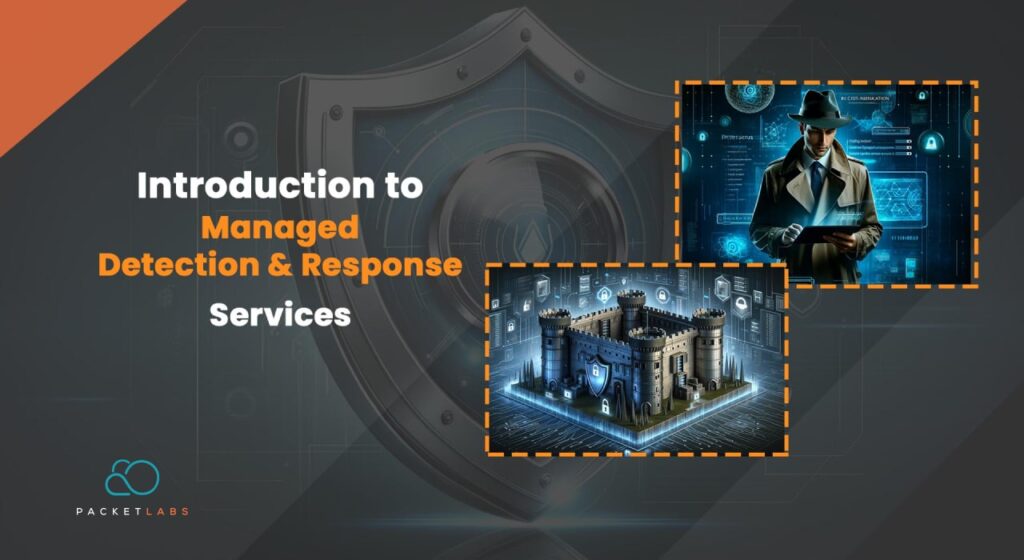
The Evolving Threat Landscape
The digital landscape is undergoing a relentless transformation, and with it, the cyber threats organizations face are becoming ever more intricate and frequent. Gone are the days of rudimentary malware; today’s adversaries employ a sophisticated arsenal, crafting meticulously targeted attacks designed to evade traditional security measures.
The rise of ransomware exemplifies this worrying trend. In 2023, Australian businesses experienced a staggering 71% increase in ransomware attacks compared to the previous year, according to the Australian Cyber Security Centre (ACSC). These attacks often cripple critical operations, forcing companies to either pay exorbitant ransoms or face the arduous task of restoring data from backups.
Furthermore, advanced persistent threats (APTs) pose a significant threat. These state-sponsored or highly organised cybercriminal groups meticulously plan and execute long-term intrusions, aiming to steal sensitive data or disrupt critical infrastructure. A recent example was the 2021 SolarWinds supply chain attack, where malicious code was injected into widely used software, impacting thousands of organisations globally, including Australian government agencies.
This evolving threat landscape underscores the urgent need for robust cybersecurity solutions that can not only detect basic attacks but also uncover and neutralize sophisticated threats before they inflict significant damage.
Challenges Faced by Organisations
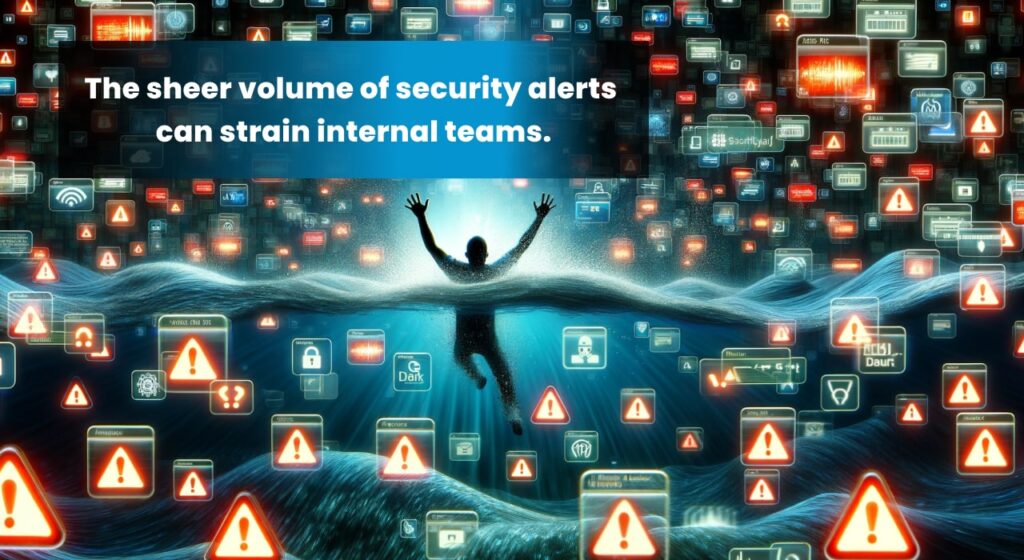
The ever-evolving threat landscape presents a multitude of challenges for Australian businesses. The relentless barrage of sophisticated cyberattacks outpaces the capacity of many organisations to effectively defend themselves. A critical challenge lies in the acute shortage of skilled cybersecurity personnel. The Australian Cyber Security Centre’s (ACSC) 2023 Skills Report highlights a widening cybersecurity workforce gap, with a projected shortfall of over 30,000 professionals by 2026. This lack of expertise hinders organisations’ ability to implement and maintain robust security controls, leaving them vulnerable to exploitation.
Furthermore, the sheer volume of security alerts generated by traditional security solutions can overwhelm internal security teams, leading to “alert fatigue.” Analysts become desensitized to the constant stream of notifications, potentially missing critical indicators of a cyberattack. Effectively navigating this information overload requires advanced security tools and processes for filtering and prioritising alerts. Beyond reactive measures, the dynamic nature of cyber threats necessitates proactive efforts. Continuous monitoring and threat hunting are essential for identifying and mitigating potential breaches before they occur.
However, maintaining a dedicated threat hunting capability demands significant resources and expertise, often exceeding the capacity of in-house security teams. These challenges collectively paint a stark picture for Australian organisations, highlighting the need for innovative solutions to fortify their cyber defences.
Introduction to Managed Detection and Response (MDR) Services
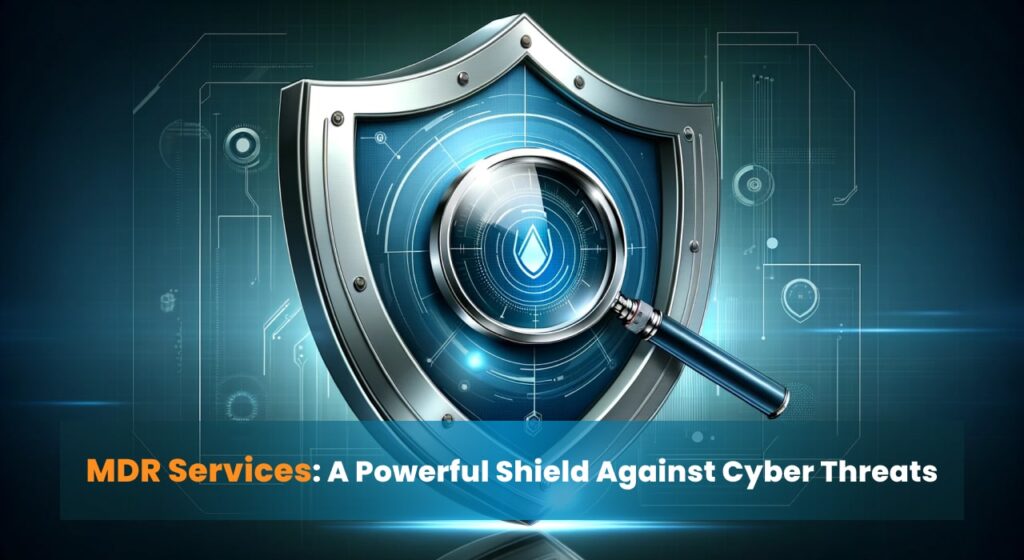
In the face of a rapidly evolving cyber threat landscape, Managed Detection and Response (MDR) services have emerged as a powerful tool for organisations seeking to bolster their cybersecurity posture. MDR services provide a comprehensive approach to security, encompassing critical functionalities like detection, investigation, response, and reporting. By leveraging a combination of advanced security technology and the expertise of seasoned security analysts, MDR providers offer a robust defence against sophisticated cyberattacks.
- Detection: MDR services continuously monitor a wide range of security telemetry, including network traffic, endpoint activity, and user behaviour. Advanced analytics and machine learning algorithms are employed to identify suspicious activity that may indicate a potential cyberattack.
- Investigation: Upon identifying a potential threat, MDR analysts delve deeper to investigate its nature and scope. Through in-depth analysis and threat intelligence feeds, they determine the severity of the threat and its potential impact on the organisation.
- Response: Should a confirmed cyberattack occur, MDR services equip organisations with a swift and effective response. Security analysts work collaboratively with internal teams to contain the threat, minimise damage, and eradicate the attacker’s presence.
- Reporting: MDR services provide organisations with comprehensive and actionable security reports. These reports not only detail past incidents but also offer valuable insights into potential vulnerabilities and ongoing threats. This continuous feedback loop empowers organisations to proactively strengthen their security posture and mitigate future risks.
By integrating human expertise with cutting-edge technology, MDR services offer a multifaceted approach to cybersecurity. This holistic approach can significantly improve an organisation’s ability to detect, investigate, and respond to cyber threats, ultimately safeguarding valuable data and critical infrastructure. The specific benefits of MDR services will be explored in greater detail in subsequent sections.
How MDR Services Work
MDR services operate on a well-defined workflow, ensuring comprehensive monitoring, analysis, and response to cyber threats. This process can be broken down into several key stages:
Security Data Collection and Aggregation: The first step involves gathering security data from a variety of sources across an organisation’s IT infrastructure. This data may include network traffic logs, endpoint activity logs, user behavior data, and security tool outputs. MDR providers leverage secure collection methods to ensure data integrity and minimize disruption to core business functions.
Event Correlation and Analysis: Once collected, the vast amount of raw data is fed into a Security Information and Event Management (SIEM) system. SIEM technology acts as a central nervous system, correlating events from disparate sources and identifying potential anomalies. Advanced analytics and machine learning algorithms are employed to filter out false positives and prioritize the most critical events for further investigation.
Threat Hunting: Beyond automated analysis, MDR services also incorporate proactive threat hunting techniques. Security analysts with deep expertise in attacker tactics, techniques, and procedures (TTPs) actively search for hidden threats that may evade traditional detection methods. This proactive approach, informed by frameworks like the MITRE ATT&CK framework Mitre ATT&CK framework, allows MDR providers to identify and neutralize threats before they escalate into major incidents.
Alert Prioritization and Investigation: The MDR workflow prioritizes security alerts based on severity, potential impact, and context. Security analysts then delve deeper to investigate the nature and scope of the suspected threat. This may involve threat intelligence feeds, vulnerability assessments, and forensic analysis of compromised systems.
Incident Response Procedures: In the event of a confirmed cyberattack, MDR services provide a structured incident response plan. The plan outlines procedures for containment, eradication, and remediation. Containment measures aim to isolate the threat and prevent further damage. Eradication involves removing the attacker’s presence from the system. Finally, remediation focuses on patching vulnerabilities, hardening systems, and restoring affected data.
Reporting and Communication: MDR services maintain open communication with clients throughout the entire process. Regular reports detail security incidents, ongoing threats, and recommendations for strengthening the organisation’s security posture. These reports empower internal security teams to make informed decisions and proactively address vulnerabilities.
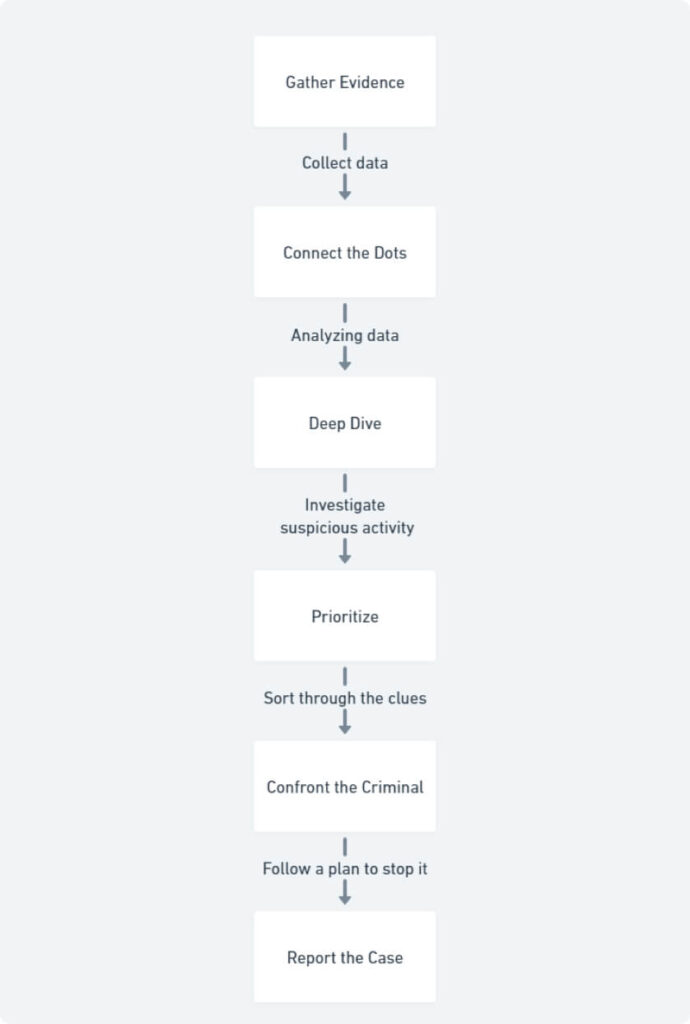
By following this comprehensive workflow, MDR services provide organisations with a robust and efficient approach to cybersecurity. The synergy between cutting-edge technology and human expertise ensures continuous vigilance and effective response to the ever-evolving threat landscape.
Benefits of MDR Services
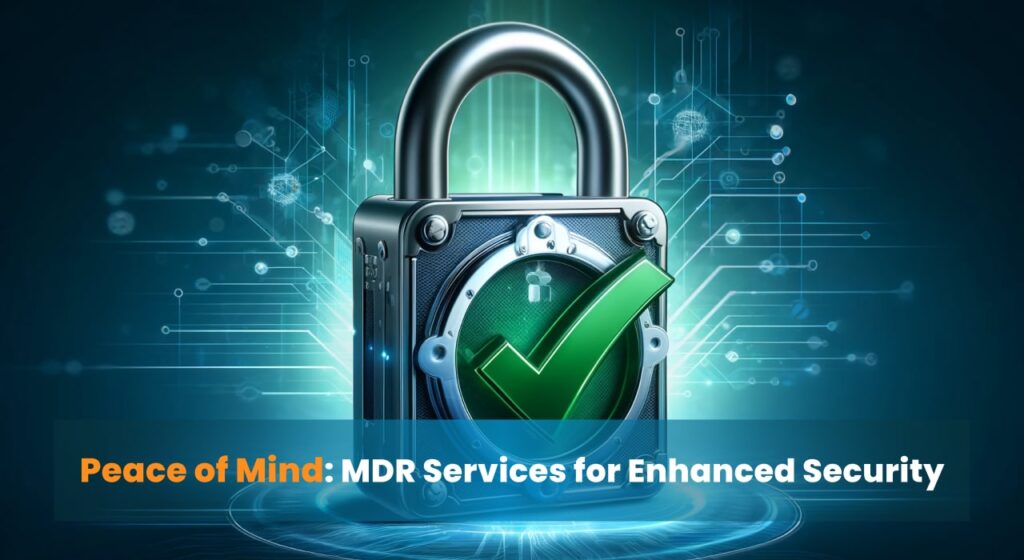
In today’s dynamic cyber threat landscape, organisations face a multitude of challenges. MDR services offer a compelling solution, directly addressing the pain points hindering effective cybersecurity.
A key benefit of MDR lies in its ability to elevate threat detection and response capabilities. By leveraging advanced security tools and skilled analysts, MDR providers can identify and neutralise sophisticated threats that might evade internal security teams. This proactive approach significantly reduces the risk of successful cyberattacks and safeguards valuable data and critical infrastructure.
Furthermore, MDR services alleviate the strain on internal security teams, who are often overwhelmed by the sheer volume of security alerts and the constant need for vigilance. MDR providers act as a virtual extension of an organisation’s security team, handling routine monitoring, threat analysis, and initial incident response. This frees up internal resources to focus on strategic security initiatives and high-priority tasks.
Organisations subscribing to MDR services gain access to a wealth of advanced security expertise and threat intelligence. MDR providers employ security analysts with in-depth knowledge of attacker tactics, techniques, and procedures (TTPs). Additionally, they maintain comprehensive threat intelligence feeds, constantly updated with the latest information on emerging threats and vulnerabilities. This access to specialised knowledge empowers organisations to make informed security decisions and prioritise their defences effectively.
Another significant benefit of MDR services is the ability to reduce incident resolution times and minimise potential damage. With continuous monitoring and rapid response capabilities, MDR providers can detect and contain threats at an early stage, significantly reducing the window of opportunity for attackers. This minimises potential data breaches, financial losses, and reputational damage associated with cyberattacks.
Finally, MDR services can contribute to an improved regulatory compliance posture. Many industry regulations mandate robust cybersecurity practices. MDR services can assist organisations in meeting these compliance requirements by providing ongoing monitoring, reporting, and documentation of security activities.
While vendor resources will naturally promote their services, independent case studies can offer valuable insights into the tangible benefits of MDR implementation. A publicly available case study from [organisation name], a leading healthcare provider, details how MDR services helped them to significantly reduce the time to detect and respond to ransomware attacks, ultimately saving millions of dollars in potential losses.
By addressing critical cybersecurity challenges and offering a multitude of tangible benefits, MDR services can be a valuable investment for organisations seeking to strengthen their defences in the face of an ever-evolving cyber threat landscape.
Comparison of MDR with Traditional Security Solutions
While MDR offers a comprehensive approach to security, it’s important to understand how it compares to other solutions. Here’s a brief comparison with two prevalent options:
- In-house Security Operations Centers (SOCs): For large organisations with substantial resources, establishing an in-house SOC can provide a high level of control and customisation. However, building and maintaining a skilled SOC team can be a significant financial investment, often prohibitive for smaller organisations. Additionally, in-house SOCs may lack the breadth of expertise and threat intelligence readily available to MDR providers.
- Endpoint Detection and Response (EDR) Tools: EDR tools offer valuable capabilities for monitoring endpoint activity and detecting threats. However, EDR solutions typically focus on endpoint security alone, leaving other areas of the network vulnerable. Additionally, EDR tools often require dedicated security personnel for ongoing management and analysis of alerts, which can strain internal security teams.
In contrast, MDR services offer a cost effective solution for organisations of all sizes. MDR providers leverage economies of scale to deliver advanced security capabilities without the significant upfront investment required for an in-house SOC. Furthermore, MDR services combine the benefits of EDR technology with the expertise of skilled security analysts, providing a holistic approach to threat detection, investigation and response.
For a more in depth comparison of MDR with other security solutions, several MDR vendors offer informative resources on their websites. These resources can provide valuable insights into the specific advantages of MDR services for your organisation’s unique needs.
For a more in-depth comparison of MDR with other security solutions, several MDR vendors offer informative resources on their websites. These resources can provide valuable insights into the specific advantages of MDR services for your organisation’s unique needs.
| Feature | MDR Services | In-house SOC | EDR Tools |
|---|---|---|---|
| Cost | Cost-effective for all sizes | High initial and ongoing investment | Variable costs for tools and personnel |
| Expertise and Threat Intelligence | Access to broad expertise and up-to-date intel | Limited by in-house team’s experience | Depends on in-house team's expertise |
| Scope of Protection | Comprehensive, across network and endpoints | Varies, but often limited to available resources | Focused on endpoint security |
| Scalability | Easily scalable | Challenging to scale rapidly | Scalable with additional tools and personnel |
| Alert Management | Managed by MDR provider, reduces alert fatigue | Managed in-house, potential for alert fatigue | Managed in-house, potential for alert fatigue |
| Implementation Speed | Quick to implement | Time-consuming to build and staff | Moderate, depending on integration complexity |
Choosing the Right MDR Provider

Selecting the right MDR provider is crucial to optimising the effectiveness of your cybersecurity strategy. Here are some key factors to consider during the evaluation process:
- Security Expertise and Experience: Prioritise MDR providers with a proven track record and a team of security analysts possessing deep technical knowledge and experience in threat detection, investigation, and response.
- Technology Platform and Capabilities: Assess the provider’s security technology platform and its ability to integrate with your existing security infrastructure. Look for a platform that leverages advanced threat intelligence, analytics, and automation to ensure comprehensive threat detection and response capabilities.
- Service Offerings and Customization: Evaluate the range of MDR services offered and the provider’s ability to tailor solutions to your specific needs. This may include options for prioritising threats based on your industry or data sensitivity.
- Compliance Certifications and Industry Focus: Select an MDR provider with relevant industry certifications demonstrating their commitment to security best practices. Additionally, consider providers with experience and expertise in your specific industry sector, as they will possess a deeper understanding of the unique threats you face.
- Customer Support and Communication: Effective communication is paramount. Choose an MDR provider offering responsive and transparent communication throughout the entire engagement. This includes clear reporting on security incidents, ongoing threats, and recommendations for improvement.
By carefully evaluating these factors, you can select an MDR provider that aligns perfectly with your organisation’s security needs and empowers you to navigate the ever-evolving cyber threat landscape with confidence.
In the face of a relentless cyber threat landscape, Managed Detection and Response (MDR) services have emerged as a powerful tool for organisations seeking to fortify their cybersecurity posture. MDR offers a comprehensive approach, combining advanced security technology with the expertise of seasoned security analysts. This synergy empowers organisations to detect, investigate, and respond to cyber threats more effectively, minimising potential damage and safeguarding critical data. For organisations seeking to bolster their defences and navigate the ever-evolving threat landscape with confidence, exploring MDR services is a strategic and proactive step.
